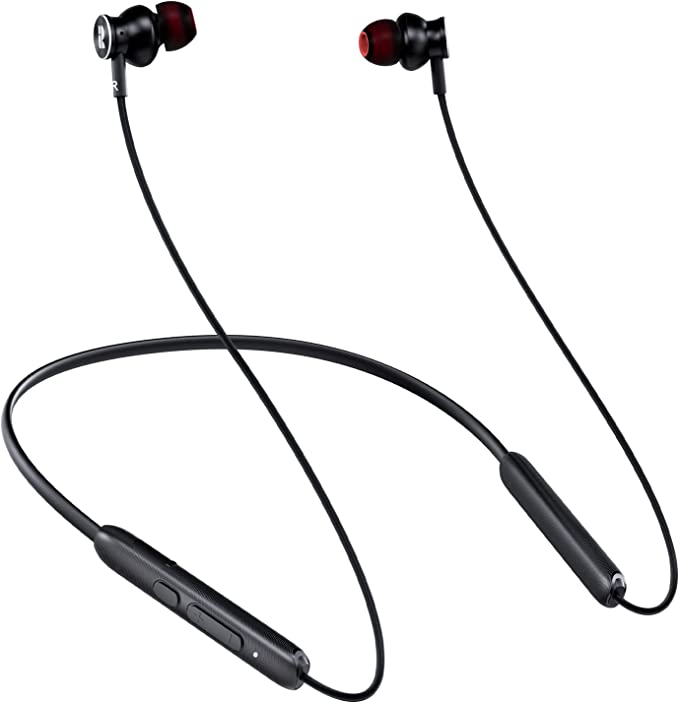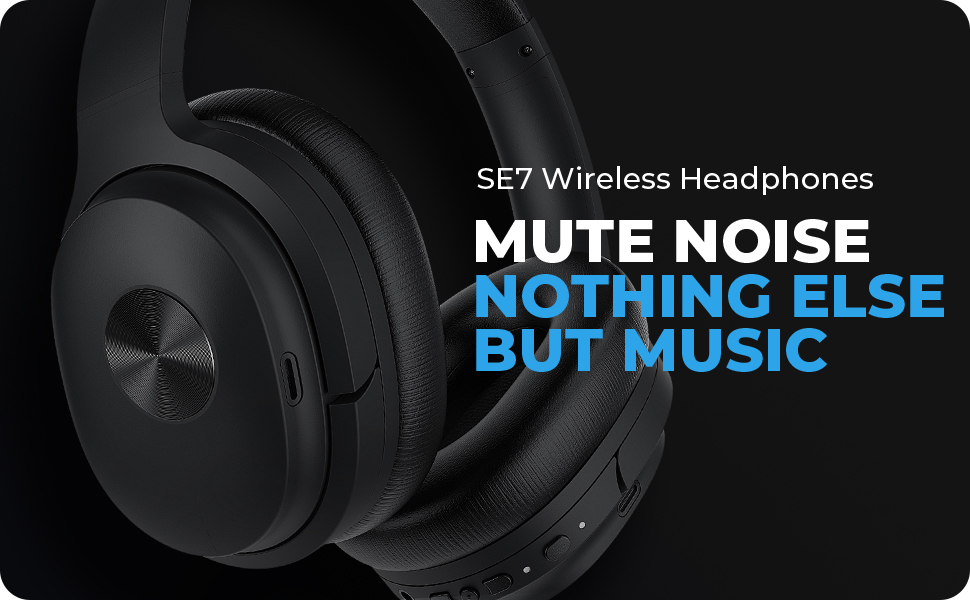It’s a universal moment of horror for any runner: you’re in the zone, pace is perfect, your power song kicks in, and then you feel it. That slow, sickening wiggle of an earbud working its way loose. You try to shove it back in without breaking stride, but it’s too late. It pops out, bounces on the pavement, and skitters toward a storm drain. The music dies, your rhythm is broken, and a piece of expensive tech is now in peril.
When it comes to audio for an active life, we need to stop thinking of headphones as just accessories. They are gear. And like any piece of critical running gear—from your shoes to your moisture-wicking shirt—they need to be chosen based on performance under stress.
This isn’t a list of “top 5 earbuds.” This is a framework for how to think. We’ll break down the three pillars that separate a true workout partner from a frustrating liability: unshakeable stability, indestructible durability, and non-negotiable safety.

Pillar 1: Unshakeable Stability – The Fight Against Gravity
For any high-impact activity, from trail running to HIIT, stability is the most important feature. Standard in-ear buds, designed for casual listening, rely solely on friction within your ear canal to stay in place. Add the constant jarring motion of running and the lubricating effect of sweat, and you have a recipe for failure.
The solution lies in designs that work with your ear’s anatomy, not against it.
The gold standard for stability is the ear hook. This design, seen on sport-focused models like the POMUIC Q53, features a soft, flexible hook that loops over the top of your ear. This creates a secure anchor point, completely independent of the fit inside your ear canal. The earbud is physically locked in place. Gravity, meet your match.
Another popular option is the ear wing (or fin), a small silicone appendage that tucks into the cymba, the upper bowl of your ear. While generally less secure than a full hook, wings provide a significant stability boost over standard buds and are often more discreet.
Bottom line: If your primary use is running or other vigorous activities, make a stability mechanism like an ear hook or wing a non-negotiable feature.
Pillar 2: Indestructible Durability – The War on Water (and Sweat)
Your earbuds have a relentless enemy: moisture. And it’s not just rain you need to worry about; your own sweat is a more corrosive threat. The salt and electrolytes in sweat can wreak havoc on sensitive electronics and charging contacts over time.
This is where you need to become fluent in the language of IP ratings. The “Ingress Protection” code is a universal standard that classifies how well a device is sealed against solids and liquids. It looks like this: IPXX. The first X is for solids (dust), and the second is for liquids.
For workout headphones, you should look for a minimum rating of IPX4 (splash-proof), but the ideal rating is IPX7. Let’s decode it:
* IPX…: The “X” means the product hasn’t been rated for dust protection. This is common for earbuds, as water is the primary concern.
* IP…7: The “7” is the crucial number. It signifies that the device can be fully submerged in up to 1 meter (about 3.3 feet) of fresh water for 30 minutes without damage.
An IPX7 rating means your earbuds will survive the sweatiest heatwave, the most torrential downpour, and even an accidental drop into a puddle. It is the ultimate peace of mind for an all-weather athlete.
Pillar 3: Awareness – The Overlooked Importance of Safety
Your earbuds are now locked in and sweat-proof. You can blast your playlist and conquer your run. But in our quest for motivation, we often create a dangerous side effect: a total sensory disconnect from our surroundings. When running outdoors, especially near traffic, being able to hear an approaching car, a cyclist’s bell, or another person’s warning is critical.
This is where the most advanced sports headphones differ from standard ones. They often include a feature called Transparency Mode (or Ambient Aware). This uses the external microphones to intelligently pipe in surrounding sounds, allowing you to stay aware without stopping your music.
If your chosen earbuds, like many budget-friendly and secure-fitting models, do not have this feature, you must take manual precautions. Consider running with only one earbud in, or keeping the volume low enough that you can still hear the world around you. Another alternative is bone conduction headphones, which sit outside your ear and deliver sound through your cheekbones, leaving your ears completely open.
Bottom line: Do not sacrifice safety for immersion. Either choose a device with a transparency feature or adjust your listening habits to stay aware.

Conclusion: A Checklist for Your Next Workout Partner
Choosing the right running earbuds isn’t about finding the best sound quality—it’s about finding the most reliable gear. Before your next purchase, hold the product against these three pillars:
- Stability: Does it have ear hooks or wings to lock it in place?
- Durability: Is it rated at least IPX7 to survive sweat and rain?
- Safety: Does it offer a way to maintain situational awareness, or will I need to adapt my use for safety?
By prioritizing this framework over brand names or audio specs, you’re not just buying a pair of headphones. You’re investing in a reliable training partner that will be with you, stride for stride, for miles to come.




